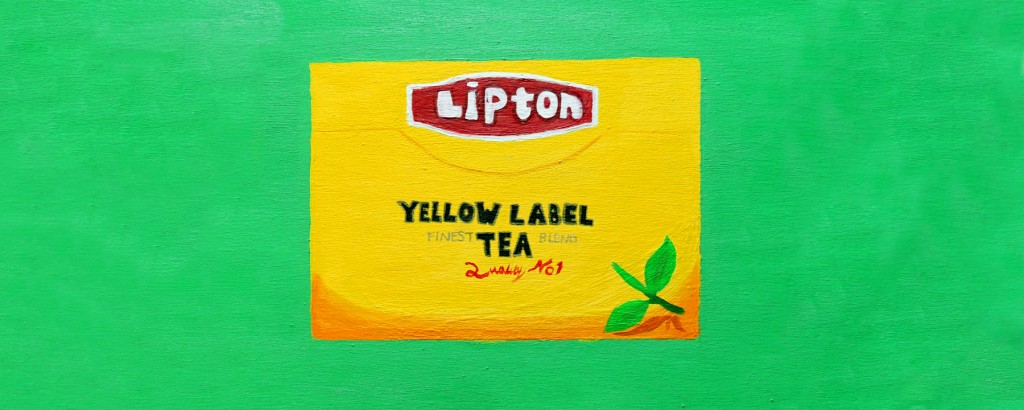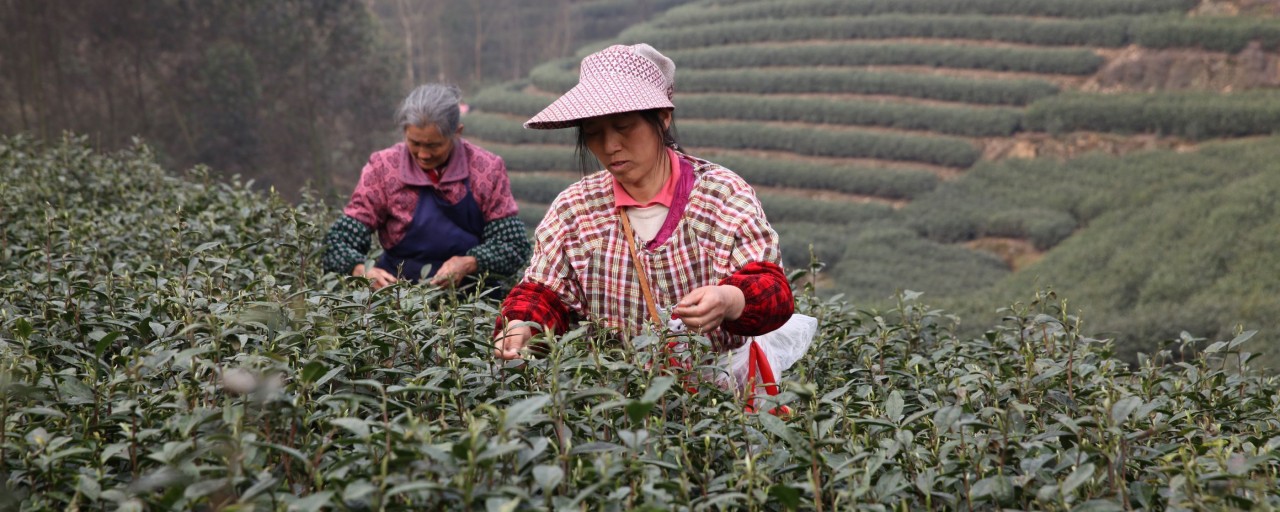There's nothing like a nice cup of tea to restore body and spirit. Black, herbal, green, with milk or plain, around the world tea is one of life's daily pleasures.
Tea originated in China, where in the 3rd century AD a medical text from Yunnan Province mentions it as a bitter medicinal drink. Legend has it that tea became popular as a drink when Emperor Shennong was holding a cup of hot water and some tea leaves were blown by a breeze into his cup. He tried the brew and was enchanted by its taste.
Portuguese traders tried tea in China in the 16th century and by the 17th century the East India Company was importing tea to Britain. Countries like France, Germany and Russia were also buying tea. The drink was originally green and China had a monopoly on its production. To be able to compete, British merchants smuggled tea plants out of China and started growing tea in India - in Darjeeling, Assam and Ceylon - which rapidly became leading tea producers.
Tea was originally a luxury commodity accessible only to the wealthy. The first cup of tea drunk by Samuel Pepys made such an impression on him that he recorded it in his diary in the 1650s. Catherine of Braganza, the Portuguese Queen Consort of Charles II, later helped make tea fashionable in Britain.
In the early days, East India ships would transport fabrics manufactured in Britain to India and China and would return with cargo of tea. By the 1750s tea was the most popular drink in the land. Such was the demand for cheaper varieties that smuggling became widespread until William Pitt the Younger became prime minister in 1783 and slashed the tax on tea, dealing a blow to the smugglers.
Originally tea was brewed in coffee houses in the morning and kept in barrels. It was served reheated throughout the day. Such was its popularity that in the 18th century many employers offered free tea to their workers. By this time black tea with milk was becoming more popular than green tea, which was often adulterated with harmful substances like hawthorne or sheep dung.
By the 1840s tea drinking was becoming so ingrained in British culture that the Duchess Anna Maria, wife of the seventh Duke of Bedford, started entertaining her friends to tea at Woburn Abbey. Instead of a hearty cuppa with hot food taken by factory and farm workers, the duchess would offer a dainty cup of tea out of fine bone china cups to her guests, accompanied by scones and delicate sandwiches with their crusts off. The tradition of five o'clock tea was born.
In 1908 a new chapter in tea history began when merchant Thomas Sullivan invented the teabag in America. The British initially turned up their noses at the silk sachet but in the 1950s it started winning market share and has never looked back. Today 96% of tea sold in Britain comes in teabags.
Tea has even caused wars. British traders had to pay for tea in China with silver bullion. In order to earn the bullion they sold opium to China. However, China started restricting the use of opium, leaving the traders short of silver bullion. The result was the First Opium War in 1839. Earlier, in 1773, a protest in America against tea duties known as the Boston Tea Party was one of the reasons for the war of independence from Britain.
London was the centre of the international tea trade, with regular auctions taking place at East India House in Leadenhall Street. Tea was sold 'by the candle' which was lit at the beginning of the sale. Once an inch would burn off, the auctioneer's hammer would fall and bidding would stop. In the 1830s trading moved to Mincing Lane, which became known as the 'street of tea'.
The last auction in London took place in 1998. Today auctions take place in Calcutta, Colombo or Mobassa and many producers sell their tea directly to distributors. In 2016, the global tea beverage market is estimated to be worth about $38.2bn.
Main image: painting by Terri Skeats





